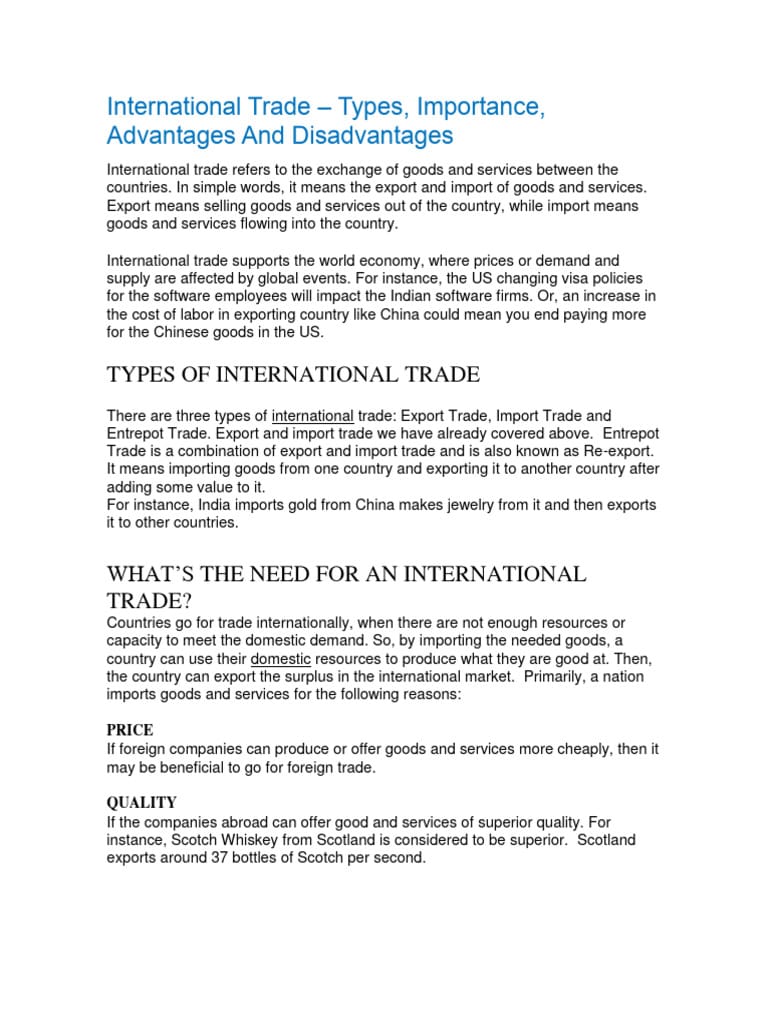Tariffs are government-imposed taxes or duties placed on imported goods, intended primarily to protect domestic industries from foreign competition. In the United States, tariffs have a long and complex history, deeply intertwined with the nation’s economic development and foreign trade policies. Understanding the dynamics of US tariffs is crucial for comprehending the broader implications of trade relations and economic strategies both domestically and globally.
The structure of tariffs in the United States can be understood through various categories: specific tariffs, which impose a fixed fee per unit of the imported item, and ad valorem tariffs, which are calculated as a percentage of the item’s value. These tariffs can target a wide range of products, including steel, aluminum, textiles, and electronics, among others. By levying these taxes, the US aims to raise the cost of imported goods, thereby encouraging consumers to buy domestically produced alternatives. The tariffs can be seen as a tool to stimulate local employment and protect fledgling industries from being overwhelmed by cheaper foreign products.
Historically, the imposition of tariffs in the United States began with the Tariff Act of 1789, primarily aimed at generating revenue for the young nation but also to shield emerging American industries. Over the years, tariff policy has evolved significantly, reflecting political, economic, and historical transformations both domestically and abroad. The most notable changes occurred during periods of economic turmoil, such as the Great Depression, when tariffs like the Smoot-Hawley Tariff of 1930 were enacted in an attempt to protect American jobs, but ultimately led to a decline in international trade.
In modern times, US tariffs have gained renewed attention, particularly following the 2016 presidential election, which brought to the forefront issues regarding trade deficits, job losses in American manufacturing, and the perceived unfairness of trade agreements. The subsequent administration initiated a series of tariff increases, notably on Chinese goods, arguing that these actions were necessary to address trade imbalances and intellectual property issues. These tariffs elicited a mixed reaction from various sectors of the economy. While some manufacturers benefitted from reduced foreign competition, other industries that relied on imported materials faced increased production costs.
The implications of tariffs extend far beyond the immediate financial impacts on industries and consumers. Tariffs can alter the dynamics of international relations, fostering tensions or cooperation between nations depending on their trade policies and the manner in which tariffs are implemented. For instance, retaliatory tariffs imposed by trading partners in response to US tariffs can lead to trade wars, which have significant consequences for global markets and economic stability. The ongoing trade tensions with China exemplify how tariffs can escalate conflicts and lead to broader economic consequences that may affect consumers through increased prices and reduced product availability.
Additionally, tariffs can contribute to inflationary pressure on the economy. As companies absorb the higher costs associated with tariffs, they often pass these costs onto consumers, leading to higher prices for goods. The impact on consumer prices creates a delicate balancing act for policymakers. While tariffs may serve to protect domestic jobs in the short term, they can ultimately lead to higher costs for consumers, thereby eroding the purchasing power of the average American.
The complexity of tariffs is further compounded by the interconnectedness of the global supply chain. Many industries in the US are intricately linked with international suppliers, and tariffs can disrupt established trade patterns. For example, an automobile manufacturer may source components from various countries, and tariffs on those imported parts can compromise the competitiveness of the finished product. This reality underscores the importance of considering not only the immediate effects of tariffs but also their long-term implications for industries that depend on a global market.
The US government periodically reviews and adjusts its tariff policies, often involving substantial lobbying from affected industries. Trade negotiations with partner nations also play a critical role in shaping tariff policies. Agreements such as the United States-Mexico-Canada Agreement (USMCA) attempt to create a more balanced trade environment and have made specific commitments aimed at reducing barriers in key sectors.
Despite the complexities and potential downsides associated with tariffs, they remain a contentious topic in economic discussions, characterized by passionate debates on their effectiveness. Supporters posit that well-structured tariffs protect jobs and industries critical to national interests, while opponents argue that they inhibit free trade and can lead to higher consumer costs. As current and future administrations navigate the complexities of international economic relations, the role of tariffs will undoubtedly continue to be an integral part of the conversation surrounding trade policy.
In conclusion, US tariffs represent a multifaceted instrument of economic policy with significant implications for domestic industries, international relationships, and consumer welfare. Their historical context and current applications reveal the challenges and opportunities that policymakers face in balancing national interests with global trade realities. Understanding the intricacies and impacts of tariffs is essential for those seeking to navigate the complexities of the evolving economic landscape in an increasingly interconnected world.



